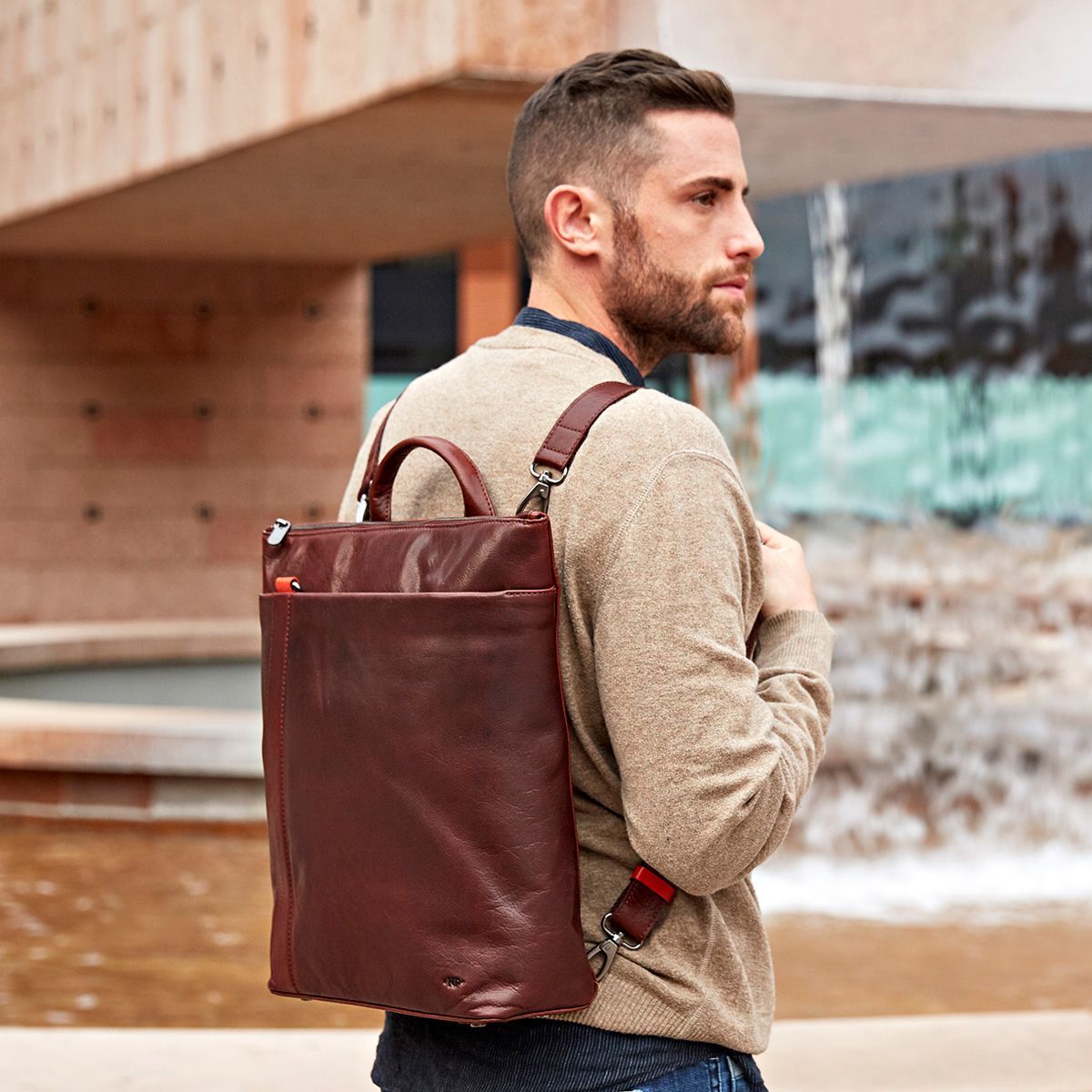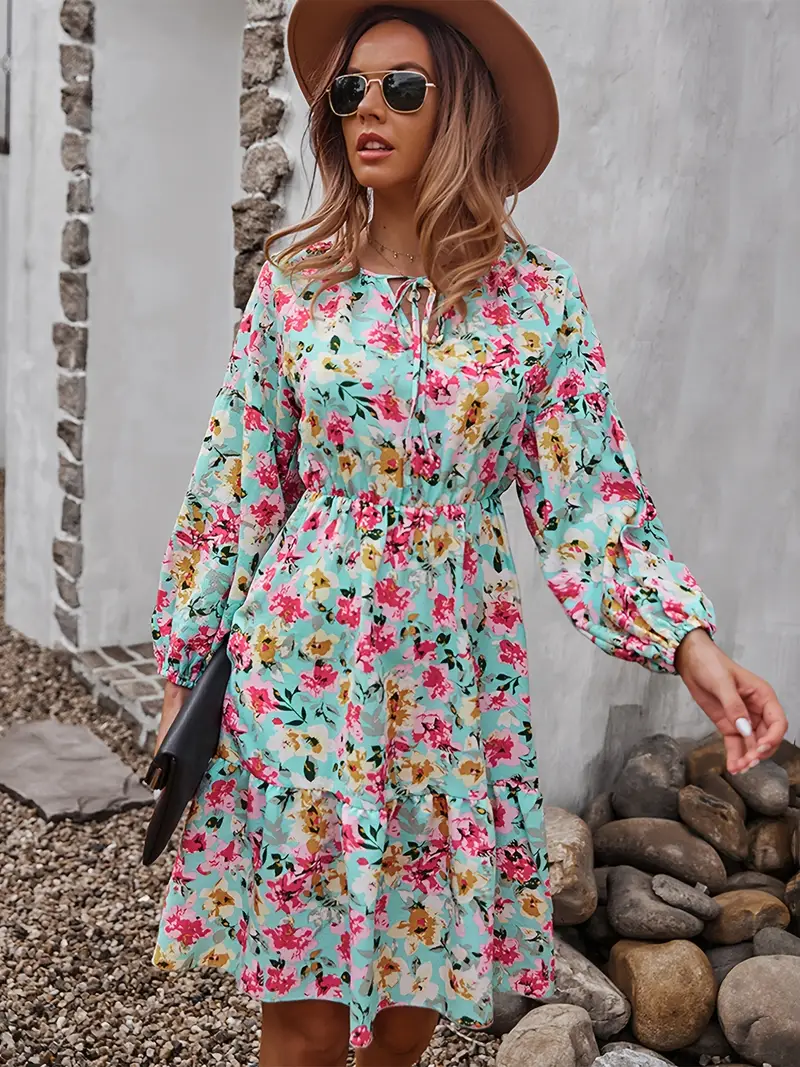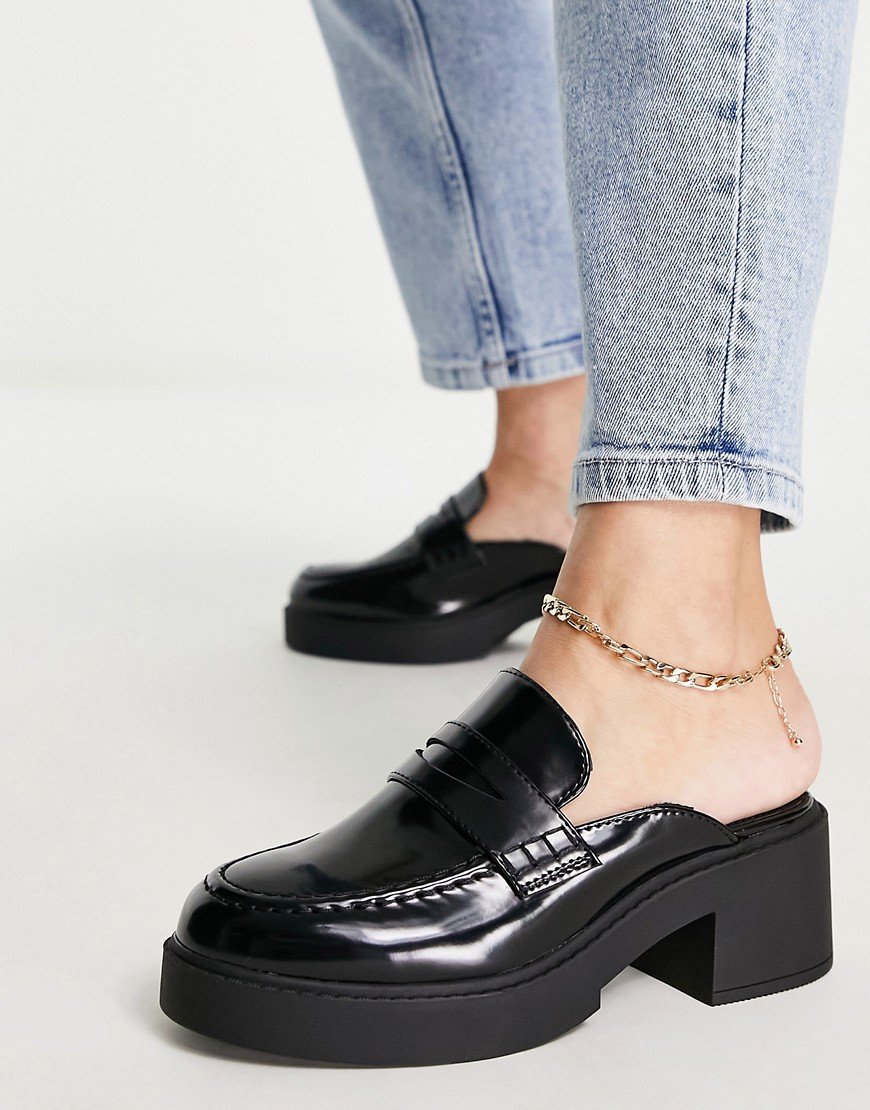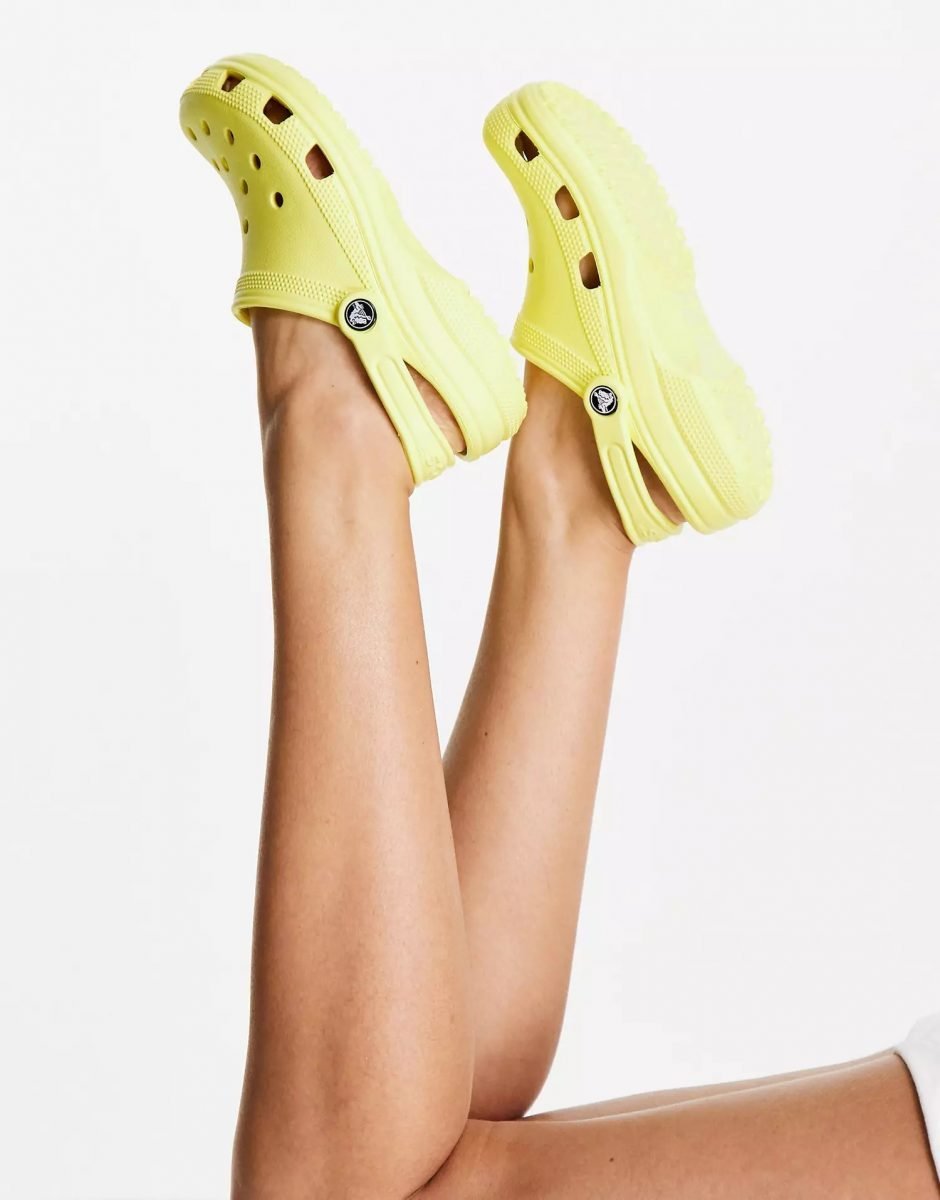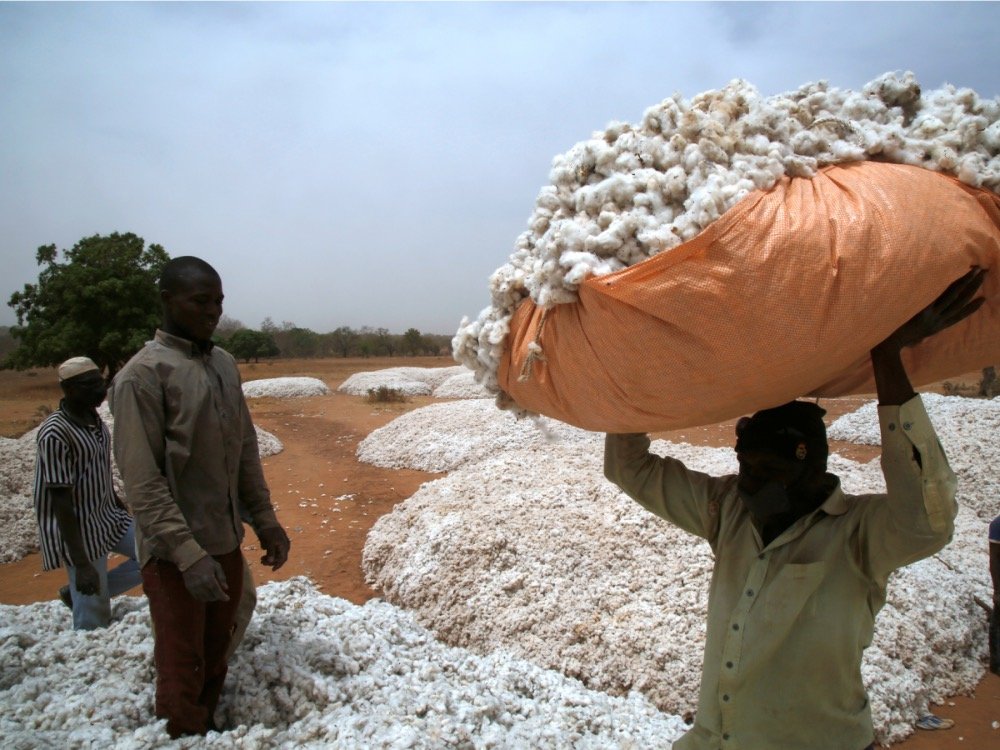
Responsible fashion decoded, for better consumption
It is one of the most powerful industries in the world economically, but also one of the most devastating in terms of ecology, environment, human and health. The fashion industry is starting to sound the alarm and urging people to question and educate themselves in order to embrace a responsible fashion.
Fast fashion, the empire of novelty and instantaneity at low cost
We live in a society constantly racing for the latest novelty or innovation. A race that affects all areas and especially one: fashion. The saying goes that fashion is only an eternal restart, however, even if this fact is true and it would be good to reuse our pieces, we notice a consumption that continues to increase.
This constant renewal and trends changing as fast as the blink of an eye is the credo of fast fashion. A devastating consumption model offering pieces at the height of fashion and defying all prices! Charming on paper, its reality is starting to alarm us all. Indeed, although extremely virtuous economically, this industry is causing ecological and human devastation.
Its idea: surfing the trend
With the influence of networks today, fashion quickly finds itself in the spotlight. Many influencers, like Camille Callen, with 1 million followers on her Instagram account @noholita, have as their credo to present different looks and new pieces almost daily. These accounts, followed by millions of subscribers, thus encourage overconsumption of fashion, where we feel the need to constantly buy the latest pieces released, in order to be perceived as “fashionable”.
Behaviors encouraged by the thousands of pieces that are released each month in fast fashion stores. A fashion concept, implemented by the creator of Zara, Amancio Ortega Gaona, in the 70s.

Outpacing designers
Ortega Gaona’s idea was to hit the nail on the head with trends by producing as quickly as possible and offering more affordable costs. In short: making “luxury” affordable for everyone.
This is how many designers have seen their models copied and sold at much more attractive prices by fast fashion brands. Many designers have resorted to legal action to defend their creations, but to no avail…
This model is particularly appealing because of its costs. T-shirts for €3, pants for €10, and sales galore, with some products even priced at €0… An indignation that alarms many, but still attracts as many buyers.
Running faster than time
Stipulated in its name, this fashion plays on speed. Because yes, in the world of fast fashion, you have to be fast, because the top you order today will already be outdated in 2 weeks.
Even in stores, this spirit of change is present. In stores like Zara, the pieces change departments every week to give consumers the impression of constant renewal. And above all, the idea of having to buy at the moment, at the risk of seeing the piece slip away if we come back the next day… A whole art of manipulating consumers.
The reality of fast fashion
Obviously, in order to constantly offer novelty, compromises have to be made. And for that, fast fashion has put its morality, ethics and environmental commitment on hold.



In contrast to a designer who takes several months to create a €25 T-shirt from A to Z, brands like Shein or Boohoo from the same group do it in 2 weeks, with a selling price of €5. And this can be explained by:
- copying existing models
- using poor quality fabrics (sometimes full of microplastics and dangerous to wear) and washed out simply with toxic and highly polluting solvents
- manufacturing in factories where work is subcontracted, under deplorable and sometimes unsafe conditions, with no respect for human and labor rights, employees being underpaid and assembly being done on an assembly line
A consumption model that aims for the extreme, with an ever-increasing yield, to the point that we now speak of ultra-fast fashion.
Consumers on the initiatory path of responsible fashion
The collapse of the Rana Plaza, the exploitation of the Uighurs and other exploited workers exposed, reports on water and air pollution near factories, diseases developed related to the textile industry, reports in which people speak out… Gradually, reality slips through the glitz and glamor, and consciences awaken.
Indeed, faced with alarming findings and in a context where the state of the planet is worrying to the point of developing waves of eco-anxiety, more and more people want to learn about the textile industry and responsible fashion in order to consume more consciously.
However, there are some obstacles in the way of consumers seeking responsible fashion.
Avoiding greenwashing
Feeling threatened, fast fashion brands wanted to be part of responsible fashion initiatives… Or at least give the impression of it. Greenwashing involves subtly manipulating marketing, especially words, to make it appear that the brand is produced under the conditions of responsible fashion.
For example, a brand may say that their pieces are “imagined in their Parisian workshop,” even though they were sewn in the depths of China by underpaid workers. At the top of the podium is “made in France,” which can be applied even to a piece made in a dilapidated warehouse in Bangladesh, as long as one detail is added in France.
This is why choosing responsible fashion can be a real challenge, because you have to know how to find the truth between the lines of discourse that manipulate consumers.

Educating oneself about responsible fashion
In addition to not falling for the greenwashing trap, responsible fashion requires some knowledge in order to have the keys to consume better and in line with one’s values.
Is organic cotton really ecological, or does its production use too much water? What does viscose, which we idealize, really conceal? What is the true cost of a garment? What is the carbon impact of shipping parcels?
Thus, in addition to the many reports denouncing fast fashion and its ravages, there has been a creation of “educational” content to better understand the textile industry and have the keys to move towards responsible fashion.
Content to turn to responsible fashion
In recent years, a new format of content has emerged: decryption videos.
These videos are designed to analyze a brand and determine its position in responsible fashion. We dissect the brand from all angles to discover its actions, how its pieces are designed, how it positions itself and communicates its DNA and integration into responsible fashion, whether the brand is honest and transparent or resorts to greenwashing…
All accompanied by explanations about materials, their creation, labels, production methods…
So many points analyzed in order to better understand the true image of a brand and its values. But also, to be able to analyze the brands that interest us and know whether their commitment aligns with our values or not.


As an extension of these decryption videos, Céline, from the Iznowgood blog, has released her book Mon dressing heureux (My Happy Wardrobe). It provides an overview of the current fashion industry and its consequences, as well as the keys to understanding and embracing the path of responsible fashion. This real bible contains invaluable information, especially for those who are less informed about the subject. It covers not only textiles, but also the making of garments and labels.
While not everyone can afford to invest in responsible fashion (cost, sizes…), getting informed allows us to consume more consciously and responsibly.
Decryption at the service of brands
The success of these videos is reflected in the demand from brands for these creators to follow them in their communication. How to highlight their strengths and values, make information understandable to everyone, choose the right words, instill confidence and build customer loyalty…
Faced with awakening and informed consciences, it is essential for brands to be honest in their communication, at the risk of losing credibility.


Thus, we see, in this climate of alarm and change, consumers becoming aware, and gradually, so do the brands. They understand that they must implement changes in order to continue to retain their customers, who are more informed than ever about responsible fashion.
